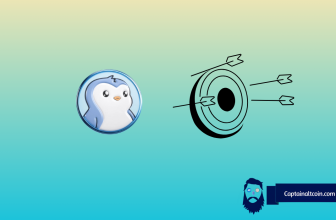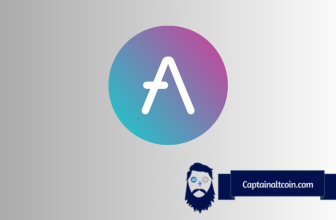
Having a portfolio full of half-completed projects is a hallmark of bipolar disorder. People who can harness their energy when they are in a hypomanic phase can be really productive. Those who can’t often go from task to task, planning grand, unrealistic projects that are never finished before moving on to something else.
Dan Larimer had grand ideas for BitShares. The bitshares “community” didn’t want to go with his vision so he left.
Then he moved to Steemit. He left them as well because “… starting over with new blockchains is not something I do lightly. I do it only when there are intractable problems with the underlying foundation.” There were intractable problems there.
Then he moved to Eos. He is still working on EOS software but a light bulb in his head is blinking again – new token might get birth soon.
This new token will not be general platform like EOS, rather a strict, niche token that will have only one utility, payments. But don’t we already have one coin for that? To help you out, it is dominating the market share by 54% right now and is the absolutely most known representative of crypto world.
![]()
Is Dan perhaps just trying to collect another billion or two on another ICO? EOS is far from a finished product, actually it is a half-baked centralized project where the oligarch elites of delegates extract the money from the credulous moon boys who leave their heart on the field fighting for Eos against the “fudders”.
While you are here, have a look at our EOS price prediction for 2020.
EOS has garnered critics from the stellar individuals from the world of blockchains and cryptocurrency, Nick Szabo and Emin Gun Sirer are two of the most prominent.
Sirer, a renowned cryptocurrency researcher and Cornell University professor, stated that the situation of EOS “will get worse,” and emphasised that the bug bounty system created by EOS is not practical in finding conceptual or structural errors with the protocol.
“The EOS bug bounty is designed to catch simple coding errors, not conceptual errors with the protocol. EOS friends, did you get any help from an expert on consensus protocols? You know not to roll your own crypto. Why are you rolling your own consensus protocol? This is like not inventing your own scalpel, but then going ahead with brain surgery,” Sirer noted.
Soon after its controversial mainnet launch, EOS developers received criticism from Szabo, who stated that the centralized aspect of EOS leaves the project vulnerable to attacks and various security holes.
“In EOS a few complete strangers can freeze what users thought was their money. Under the EOS protocol you must trust a ‘constitutional’ organization comprised of people you will likely never get to know. The EOS ‘constitution’ is socially unscalable and a security hole,” Szabo said.
The statement of Szabo referred to the ability of EOS to confiscate and suspend accounts after inactivity, which leading EOS block producer candidate EOS New York previously explained in an interview with The Next Web.
But, even Rick Schlesinger, the co-founder of EOS New York, said that users should scrutinize EOS over the controversial account suspension process.
“I do think the community is going to scrutinize [Article XV] closely (as they should). This is why we’re here – to experiment with this nascent technology and learn about how a governed blockchain can respond to the community’s will,” Schlesinger said.
EOS’ approach to governance is new for a major blockchain project and, for now, largely untested. EOS’ code was written by Block.One, the company that also conducted the year-long ICO to fund EOS’ launch.
In a way, EOS’ inception by the community, rather than a single organization, suggests a radical commitment to decentralization. Yet EOS was designed with high transaction throughput in mind, so it opted for a more efficient – but arguably less decentralized – consensus mechanism than bitcoin’s proof of work.
Delegated proof of stake, as the consensus mechanism is called, gives the 21 elected “block producers” the responsibility to maintain the EOS blockchain – meaning they also have the power to censor transactions.
To sum up, Dan Larimer is undoubtedly a genius and geniuses get bored quickly. It would be good to see his EOS experiment brought to the end as Dan planned it but it would also be exciting to see what new has he come up with again.







